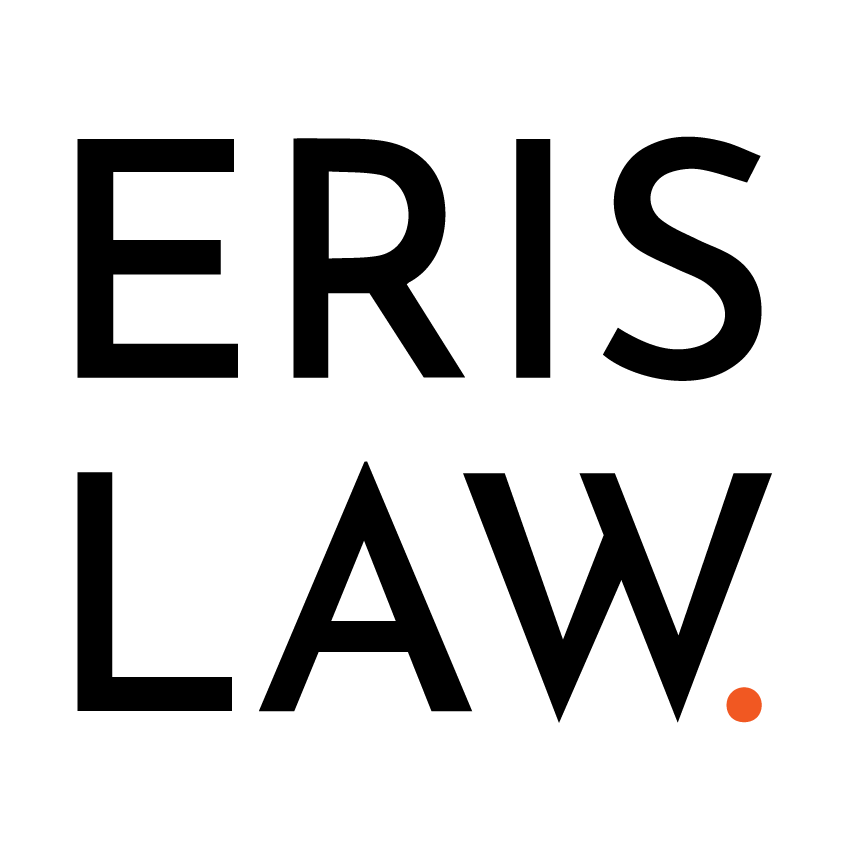 The European Union’s Artificial Intelligence Act (EU AI Act) is a pioneering legislative framework designed to govern the development, deployment and use of artificial intelligence (AI) within its members states and was approved by the European Parliament on March 13, 2024. This Act aims to create effective regulation that safeguards fundamental rights and ensures safety while fostering innovation and the adoption of AI technologies. These are the main takeaways of this Act’s regulatory framework:
The European Union’s Artificial Intelligence Act (EU AI Act) is a pioneering legislative framework designed to govern the development, deployment and use of artificial intelligence (AI) within its members states and was approved by the European Parliament on March 13, 2024. This Act aims to create effective regulation that safeguards fundamental rights and ensures safety while fostering innovation and the adoption of AI technologies. These are the main takeaways of this Act’s regulatory framework:
Risk-Based Regulatory Framework
The AI Act introduces a novel, risk-based regulatory framework that classifies AI systems into four main categories based on their potential impact on society: prohibited AI systems, high-risk AI systems, general-purpose AI (GPAI) models, and AI systems presenting risks at the national level. This classification system underpins the Act’s approach to ensuring that AI technologies are developed and used in a manner that safeguards citizens’ rights and safety while promoting innovation.
Prohibited AI Systems
The Act identifies eight specific types of AI systems that are prohibited, which are categorized based on their intended effects or functions. These include AI systems that manipulate decision-making, exploit vulnerabilities, perform social scoring, engage in predictive policing, and more. The prohibitions are enforceable six months after the Act’s entry into force, with violations carrying hefty fines of up to €35 million or up to 7% of the offender’s total worldwide annual turnover, emphasizing the strict stance the EU takes against harmful AI practices.
High-Risk AI Systems
High-risk AI systems are subject to stringent regulations and are identified either through their role as safety components of regulated products or through their inclusion in a list of areas deemed high-risk, such as biometrics, critical infrastructure, and law enforcement. These systems must comply with a series of obligations aimed at ensuring their safety, transparency, and accountability, including risk management, data governance, and human oversight. AI providers are primarily responsible for assessing their systems’ risk level and documenting this assessment for regulatory scrutiny.
General-Purpose AI Models and Systemic Risks
The Act also addresses general-purpose AI models, outlining specific obligations for their providers and introducing additional regulations for those presenting systemic risks. Providers of GPAI models are required to prepare technical documentation and ensure compliance with copyright laws, while those identified as posing systemic risks must undertake further measures to mitigate these risks.
Governance and Oversight
The AI Act establishes a comprehensive governance and oversight framework, including national competent authorities, a European AI Board, and an advisory forum. Market surveillance authorities (MSAs) play a crucial role in enforcing the Act, with powers to inspect AI systems, impose fines, and demand corrective actions. The document underscores the importance of close collaboration between the newly established AI Office, experts, and civil society to ensure the effective implementation and enforcement of the AI Act.
Compliance and Enforcement
The EU AI regulation establishes a comprehensive framework for monitoring compliance and enforcing the rules. National supervisory authorities will oversee the implementation of the regulation, with the power to impose fines for non-compliance. These fines can be substantial mirroring the enforcement mechanisms of the General Data Protection Regulation (GDPR), thus underlining the seriousness with which the EU views AI governance.
Impact on Innovation
While the regulation aims to mitigate risks associated with AI, it also seeks to promote innovation within the EU. By providing a clear legal framework, the regulation offers companies a stable environment to develop AI technologies. Furthermore, the Act includes measures to support small and medium-sized enterprises (SMEs) and startups, recognizing their crucial role in innovation.
Global Implications
The EU AI Act is poised to set a global standard for AI regulation, influencing how countries around the world approach the governance of AI technologies. As countries and international organizations consider their regulatory frameworks, the EU’s comprehensive, risk-based approach offers a model that balances the protection of rights and safety with the promotion of technological advancement.
Conclusion
The AI Act sets a global precedent for the regulation of AI technologies, balancing the promotion of innovation with the protection of fundamental rights, democracy, and the rule of law. As the first of its kind, the Act’s successful implementation will require ongoing efforts from all stakeholders to fully grasp its complexities and implications. The European Union has taken a bold step -not only- towards the responsible regulation of AI technology, but of all future technologies that represent a paradigm shift and disruptive force in many and unforeseen facets of society.

